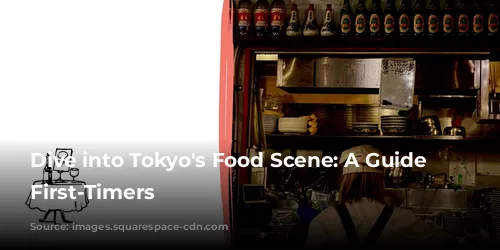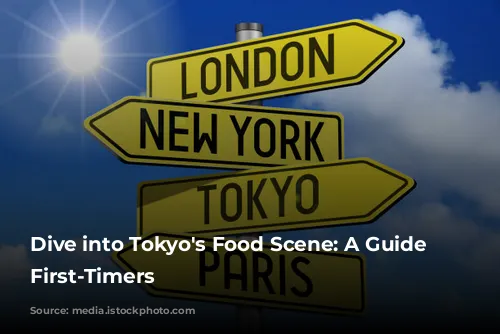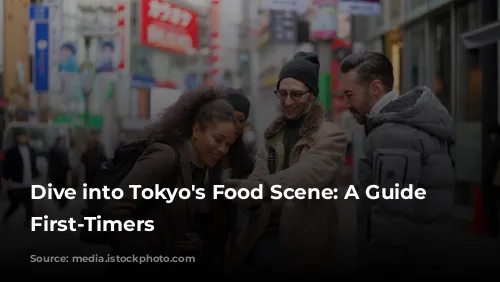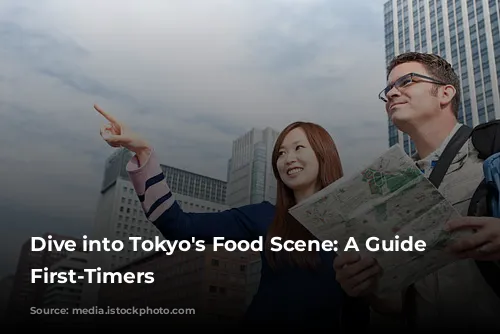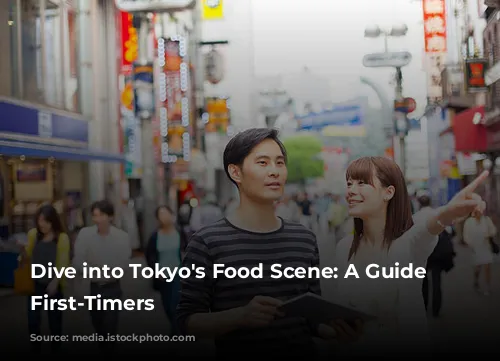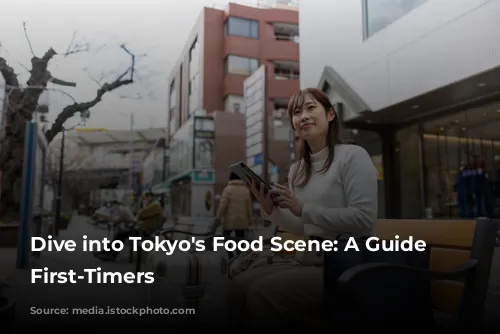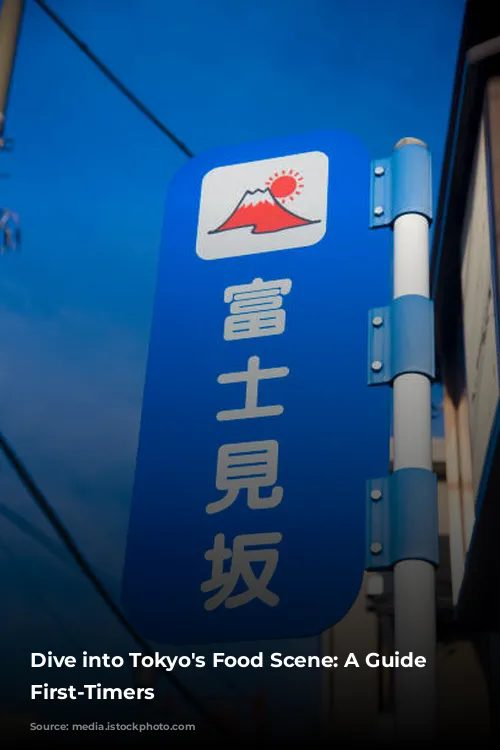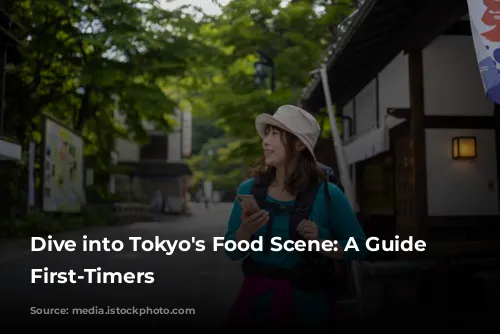Tokyo’s culinary landscape is mind-blowing! From mouthwatering ramen to delectable sushi, the city is a food lover’s paradise. If you’re planning a trip, prepare to be amazed and indulge in some seriously epic eats.
But navigating this vibrant food scene can seem a little intimidating at first. Don’t worry, though! We’ve got you covered with a few simple tips to make your culinary adventure smooth sailing.
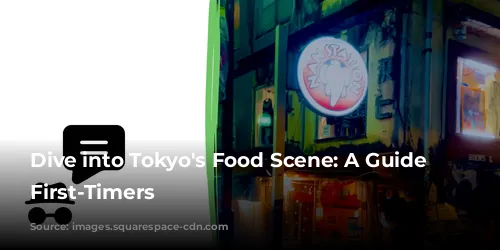
Mastering the Japanese Restaurant Experience: A Step-by-Step Guide
First impressions matter. When you step into a restaurant, the first thing you’ll usually notice is a ticketing machine. Many ramen shops and smaller eateries have these, allowing you to choose your dish and pay upfront.
This system might seem foreign at first, but it’s actually quite simple: Just pick your food, insert your money, and collect your ticket. Then, hand the ticket to the staff once you’ve found a seat.
If there’s no ticket machine, don’t be shy about calling over the staff. A simple wave and eye contact will usually do the trick. But if they seem occupied, feel free to say “sumimasen” (excuse me). It might feel awkward, but it’s perfectly normal in Japan.
Need an English menu? Simply ask “eigo menu…?”. It may not be perfect Japanese, but it gets the message across.

Unlocking the Secrets of Japanese Conversation: Common Phrases You’ll Hear
While traveling in Japan, you’ll likely hear a few basic questions, especially when paying. These are often the only questions you’ll get asked, so knowing a few key phrases will make your experience smoother.
One of the most common phrases you’ll hear is “fukuro”, meaning “bag”. This is usually asked at convenience stores and shops. If you need a bag, say “onegaishimasu” (please), and if you don’t, simply say “daijoubu” (no problem).
Another common phrase you might hear is “pointo cardo” (point card). If they ask this, just shake your head no—most travelers probably won’t have a point card.
Here are a few more essential phrases to practice:
- “Daijoubu” (pronounced roughly as “dye-jo-boo”) – “It’s okay; I’m fine; no thank you”
- “Sumimasen” (pronounced roughly as “soo-mee-ma-sen”) – “Excuse me”
Tip: The “R” sound in Japanese is often softer than in English, sounding more like a “D” sound (like in Spanish). For example, “fukuro” sounds more like “fuu-kuu-dou”.
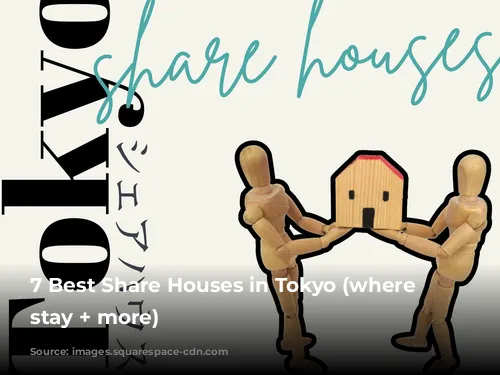
Respecting Local Customs: A Gentle Reminder of Japanese Etiquette
You probably already know about some of Japan’s famous etiquette. But there are a few key things to remember to show your respect for the local culture:
- Avoid eating or drinking on trains.
- Avoid eating while walking on busy streets. Instead, find a nearby park to enjoy your meal.
- Refrain from talking on your phone on trains.
- If you smoke, use designated smoking areas.
- On escalators, stand on the left side. The right side is for those who want to walk.
For a deeper dive into Japanese etiquette, check out our article “Etiquette in Japan (what to know)”.
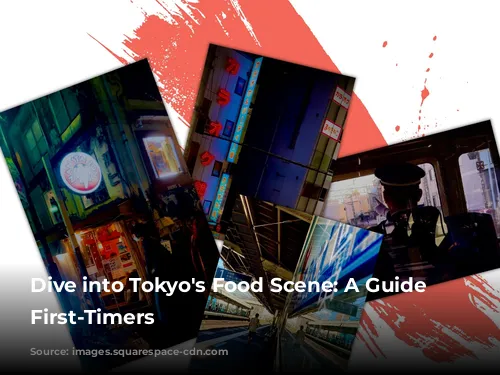
Beyond the Food: Exploring Tokyo’s Unique Housing Options
If you’re looking for a more immersive experience, consider staying in a share house. These are a popular choice for travelers and offer a great way to connect with locals.
Share houses provide flexible lease terms and generally lower costs. You get a private room (some even have apartments) while sharing a kitchen, shower, and restroom.
They’re also foreigner-friendly, often offering English support staff to make your stay even smoother.
One of the biggest advantages of share houses is the instant community you’re plugged into. If you’re traveling solo, it’s a fantastic way to meet fellow travelers, locals, and even make some new friends!
Read our full list of the best share houses in Tokyo for even more insights.
Tokyo is a city that has it all. With its incredible food scene, unique housing options, and vibrant culture, it’s sure to leave a lasting impression. Get ready for an unforgettable adventure!

